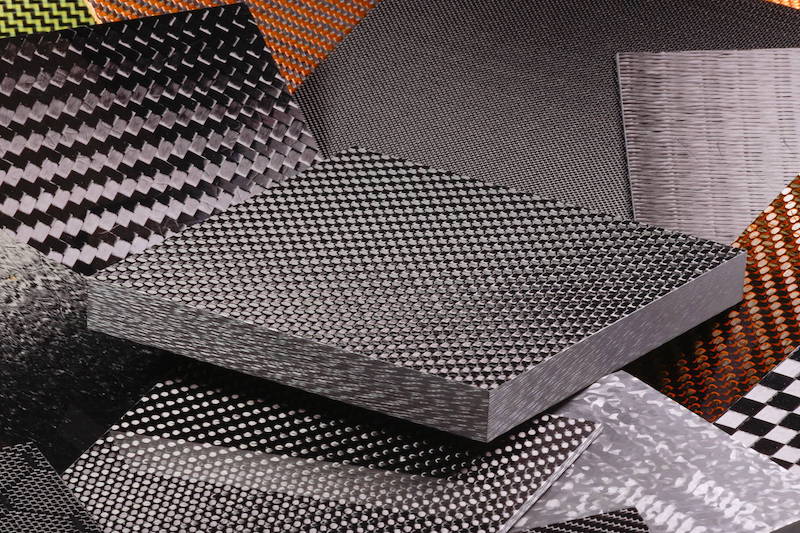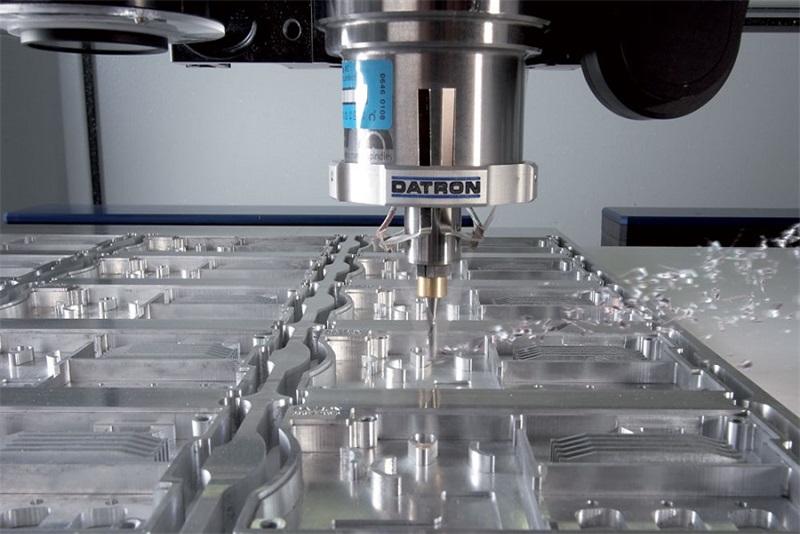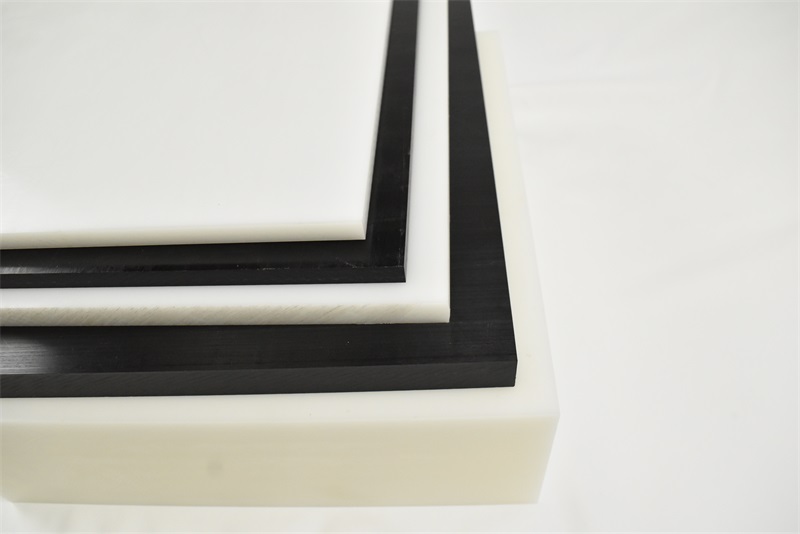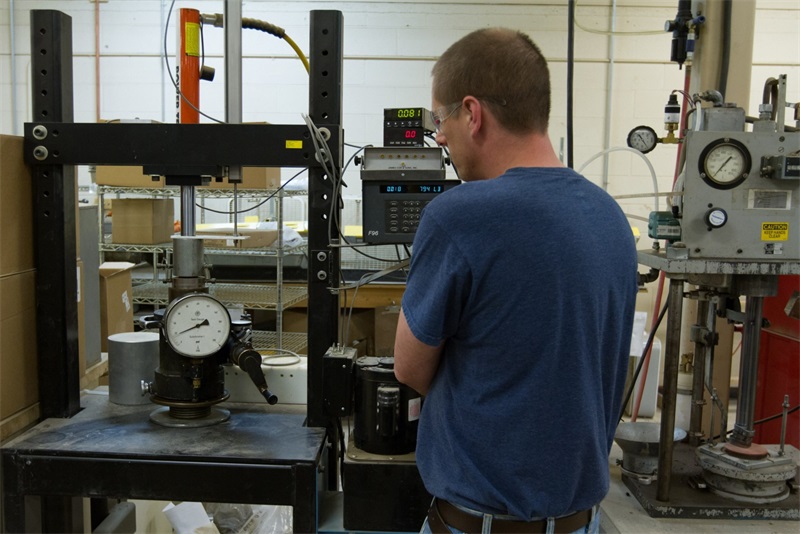Many industries are currently facing a common problem, which is that they need materials that are both strong and flexible, yet lightweight. Composite materials can solve this problem. They can combine the strengths of different materials to achieve better, more effective results. Composite materials are extensively utilized in industries such as aerospace, automotive manufacturing, and construction. What’s composite material?
These materials are formed by blending two or more distinct substances, each possessing its own unique physical or chemical characteristics. Consequently, when joined together, they create a new material with improved features. As a result, this new material might be stronger, lighter, or more resistant to forces compared to the original substances.
Are you curious about composite materials and their types? Let’s explore what makes these materials unique and how they are applied in various industries.
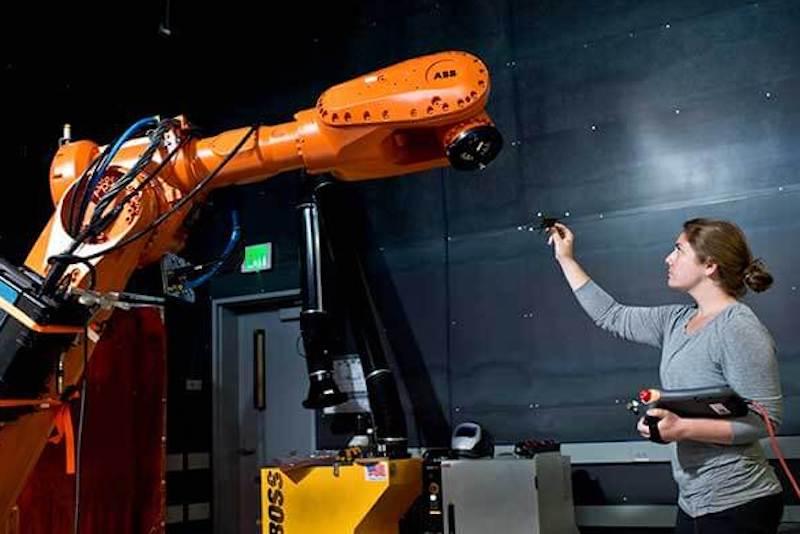
Table of Contents
What’s Composite Material?
To create a composite material, engineers combine two different materials, each with its own unique properties. This combination results in a new material with characteristics not found in the originals. They design this new material to perform specific functions, like being stronger, lighter, or resistant to electricity. Additionally, composite materials can enhance both strength and stiffness.
Brief History of Composite Material
People started using composite materials many years ago in the past.As early as 3400 BC, Mesopotamians made the first man-made composite materials. They glue thin pieces of wood together at different angles to make a stronger plywood. Later, around 2181 BC, the ancient Egyptians made death masks. They used linen or papyrus and covered it with plaster. Both societies also added straw to reinforce other materials, such as mud bricks, pottery, and boats.
Around 1200 AD, the Mongols created a powerful compound bow. To make it, they combined several materials, including wood, tendon, horn, bamboo, bone, and silk. They used turpentine as glue to hold all the parts together, resulting in a highly effective weapon.
Modern Advancements in Composites
After the Industrial Revolution, synthetic resins became solid through the process of polymerization, which led to the production of various plastics in the 20th century. Leo Baekeland invented the phenolic resin, which was highly popular for its non-conductive and heat-resistant properties. In the 1930s, Owens Corning introduced glass fibers and pioneered the FRP (fiber reinforced polymer) industry. The resins made during that time developed strongly and are still in use today. Two years later, a stronger resin system emerged.
The Enduring Impact of Composites
The initial carbon fiber was patented in 1961 and gradually gained popularity in commercial applications. By the mid-1990s, composite materials gained greater popularity in industries like manufacturing and construction. They are cheaper and stronger than old materials. The use of composites in the Boeing 787 Dreamliner in the mid-2000s further demonstrated their value. It shows their importance for applications that require high strength, making them a necessity for modern applications.
What Are Composites Made of?
People also refer to composites as Fiber-Reinforced Polymer (FRP) composites. Manufacturers create them using a polymer matrix. They strengthen this matrix with engineered, synthetic, or natural fibers, which can include materials like glass, carbon, or aramid. Additionally, they can use other materials to enhance the composite’s strength.
The matrix has an important role. It shields the fibers from environmental damage and other external influences, while also facilitating load transfer between them. On the other hand, the fibers give strength and stiffness. They help support the matrix and allow it to resist cracks and breaks.
In numerous products within our industry, manufacturers frequently compose the matrix of polyester resin and typically employ glass fiber as a reinforcement material. Nonetheless, they can create composites using various combinations of resin and reinforcement, with each pairing uniquely influencing the final product’s distinct characteristics and properties. Although the fiber is strong, it tends to break easily, so it provides strength and stiffness. Meanwhile, the flexible resin molds and safeguards the fiber.
FRP composites can also include fillers, additives, and core materials. They might even have surface finishes. These additions are used to make the production process better. They also improve how the product looks and increase its performance.
Major Properties of Composite Materials
Composite materials have many special properties. Because of these characteristics, they are very versatile and perform well even in difficult and demanding uses. These important characteristics have a great impact on their effectiveness. Now, let’s look at the different properties that are very useful when making products.
Strength
People recognize composites for being stronger than the individual materials that form them. Consequently, they increase strength and make structures more sturdy. Therefore, composite materials serve as an excellent option for applications requiring the ability to support heavy loads.
Durability
Composite materials can be used in tough weather or environments that cause corrosion. They also work well under repeated stress like shocks and vibrations. This makes them ideal for use in spacecraft, cars, and airplanes.
Impact resistance
Manufacturers design these materials to handle impacts and spread out the force, doing so without sustaining damage. This capability is crucial, especially in applications where impact is likely. Consequently, their ability to resist damage from crashes or hits makes them essential for crash protection structures.
Chemical resistance
Composites are able to resist damage from strong chemicals or tough environments. This makes them ideal for creating chemical-resistant coatings.They are also used in equipment that handles chemicals.
Flexibility
Composites are highly flexible and can bend or change shape without breaking. They can also be designed to bend in specific ways, depending on their intended use. This makes them good for making prosthetic limbs. Also, their flexible nature gives engineers better choices for things that face moving loads or vibrations.
Lightweight
These materials have strong properties but are not heavy. They allow for the production of parts and structures that are light. Their strength compared to their weight is an important quality in industries where reducing weight is very important.
Thermal stability
Composite materials can keep their shape when exposed to high heat. The ability to stay strong under high temperatures is very important. This is needed for uses that face very hot conditions.
Electrical conductivity
Composites can have very good electrical properties. They can be made to act as good insulators or conduct electricity well.
Acoustic insulation
Composites are special because they can reduce or stop noise from passing through. This sound-blocking property makes them perfect for soundproofing purposes.
Top 3 Benefits of Composite Materials
People often use composites in everyday items. We can find them in cars, golf equipment, and even in pipes. They are also very important for advanced machines like rocket ships. Because of their special properties, they provide more advantages compared to traditional materials. Engineers, designers, and architects prefer to use composites, especially in difficult situations where high strength or heat resistance is important.
Cost-Effectiveness
Composites are more cost-effective than regular materials such as wood and metal. Besides being cheaper, they also provide better functionality. In addition, composites are more environmentally friendly. This is because they create less waste during their production and use.
Reduced Production Time and Effort
Using composites in the production process helps reduce the time needed for making products. It also lowers the amount of work needed for putting together different traditional materials.
Design Versatility
One of the key advantages of composite materials is their flexibility in design. Engineers can make them into any shapes or forms they need. This allows them to create complex parts and components with these materials.
Types of Composites
After learning about the general benefits of composites, let’s now explore the different types of composites.
Natural Composite Materials
| Composite Type | Reinforcement | Matrix | Example Usage |
| Wood | Cellulose fibers | Lignin (organic, carbon-based polymers) | Building materials, furniture making, etc. |
| Bone | Collagen fibers | Hydroxyapatite (calcium-based crystalline mineral) | Structural support within living organisms |
| Concrete/Brick | Straw | Mud or clay | Construction of buildings, infrastructure like walls, etc. |
Classic Composite Materials
In the 1930s, the first modern composite material, glass fiber, appeared. It is also known as glass fiber reinforced plastic (GRFP or GRP). With development, GRP usually comes in the form of tape, pasted to the mold for use, plastic straps as a substrate to support the glass fiber. The glass fiber helps to strengthen the material. Carbon fiber reinforced plastics (CRFP or CRP) are similar to GRP, but use carbon fiber.
- Glass Fiber Reinforced Plastic (GRP)
Basic Introduction
Fiberglass was the first modern composite material. Initially spelled as “fibreglas,” it is now commonly called glass-fiber reinforced plastic (GRFP or GRP). This material originated in the 1930s.
Form and Composition
Today, manufacturers often offer fiberglass in the form of tapes that users can apply to the surface of a mold. The plastic backing tape acts as the matrix, holding the glass fibers in place. However, the glass fibers provide most of the material’s strength.
Material Properties
Plastic is naturally soft and flexible, while glass is strong but brittle. When combined, they form a material that is both strong and durable. This material is ideal for applications such as car or boat bodies. Unlike metals or alloys, it is lighter in weight and resistant to rust.
- Carbon Fiber Reinforced Plastic (CRFP or CRP)
Connect to the GRP
It is similar to GRP.
Difference
It uses carbon fibers instead of glass fibers.
Modern Composites
Modern advanced composites are generally constructed using materials such as metal, plastic (polymer), or ceramic. As a result, this gives rise to three primary types of composites: metal matrix composites (MMC), polymer matrix composites (PMC), and ceramic matrix composites (CMC).
Metal Matrix Composites (MMC)
Manufacturers compose the matrix of MMC using lightweight metals such as aluminum or magnesium alloys. In production, they use ceramics or carbon fibers to strengthen it, like aluminum reinforced with silicon carbide and copper-nickel alloys reinforced with graphene. These materials are strong, hard, durable, rust-resistant, and relatively light. However, their high cost tends to limit their use. They are popular in aerospace, military, automotive and cutting tool applications.
Ceramic Matrix Composites (CMC)
Ceramic matrix composites (CMC) use a ceramic material, such as borosilicate glass, as the matrix. Carbon or ceramic fibers are added for reinforcement to reduce the brittleness of traditional ceramics. Examples of CMCs include carbon-fiber-reinforced silicon carbide (C/SiC) and silicon carbide-reinforced silicon carbide (SiC/SiC).
Initially, CMCs were developed for aerospace and military applications where lightweight materials and high-temperature resistance were crucial. Today, they are also used in automobile brakes, clutches, bearings, heat exchangers, and even nuclear reactors.
Polymer Matrix Composites (PMC)
PMCs like GRP are distinct. In PMCs, ceramic or carbon fibers enhance the strength and stiffness of the plastic matrix which can be thermoplastic or thermosetting. Generally, thermosetting-based PMCs are better at withstanding high temps and solvents but are less tough and take longer to make. They’re are excellent for manufacturing parts for cars, boats, and planes. Manufacturers widely use them in producing sports equipment. The aerospace industry commonly uses epoxy-based (thermoset) PMCs, and the importance of high-temperature-resistant thermoplastic-based PMCs is also growing there.
Applications of Composite Materials
Composite materials are used in many industries and have a lot of applications. Here are some examples:
- Aerospace
The use of composites in airplanes has grown. For instance, the B787 is 50% composites by weight, using carbon sandwich structures, CFRP laminates, and fiberglass. Composites are preferred over aluminum for their better strength and tensile properties.
- Automotive
Manufacturers use composites in sports and electric vehicles for their lightweight properties, which enhance performance and extend battery range. CFRC parts can reduce vehicle weight by 30%. Recycling carbon fiber helps save energy and lower emissions.
- Marine
GF and CF composites are extensively used in shipbuilding and marine repairs. They have supplanted traditional metals due to their lightweight nature, exceptional strength, and durability. Manufacturers prefer GRP for its resistance to harsh environments and low maintenance requirements.
- Wind Energy
Composites are essential in wind turbine blades for their high strength-to-weight ratio. As old turbines reach EoL, recycling is crucial. Some EU countries ban composite blade landfilling, pushing for better recycling solutions.
- Construction and Infrastructure
Advanced composites are used in building bridges and retrofitting structures for earthquake resistance. Glass and carbon fibers in resins are common. The industry seeks sustainable recycling to manage large EoL material waste.
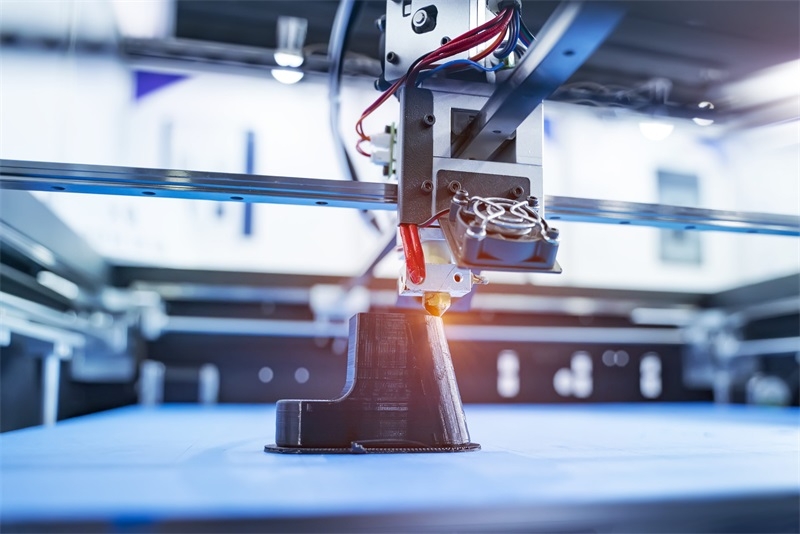
TEAM Rapid: Your Premier Choice for Composite Material Solutions
TEAM Rapid is a top company specializing in composite materials. We offer a wide array of services, leveraging our cutting-edge technology and industry knowledge. Our skilled team has extensive experience with various composite materials and manufacturing techniques. Whether your needs are in aerospace, automotive, marine, or other industries, we deliver tailored solutions designed to meet your specific requirements.
With our commitment to quality and innovation, we ensure that the composite parts and products we deliver are of the highest standard. With our state-of-the-art facilities and highly experienced professionals, we deliver efficient and reliable services for all your composite material needs. Opting for TEAM Rapid Tooling ensures you receive outstanding quality and performance in every project ranging from CNC rapid prototyping to injection molding parts. Reach out to us today, and let us assist you in bringing your next composite project to fruition!

FAQs
- Which is more expensive, composite or traditional materials?
The cost of a composite material depends on the materials used to make it. The type of production processes and materials can sometimes make composites more costly than traditional materials. However, composites are seen as cost-effective because they offer better performance, lighter weight, and higher durability.
- What are the disadvantages of composite materials?
While composite materials offer many advantages, they also have some drawbacks. They can be challenging to repair and maintain, as damage is often difficult to detect or fix. Delamination, where layers separate, is another common issue. Additionally, producing composites for specific applications can be complex and costly. Their impact resistance is often lower compared to traditional materials like metal, making them less suitable for certain high-stress environments.
